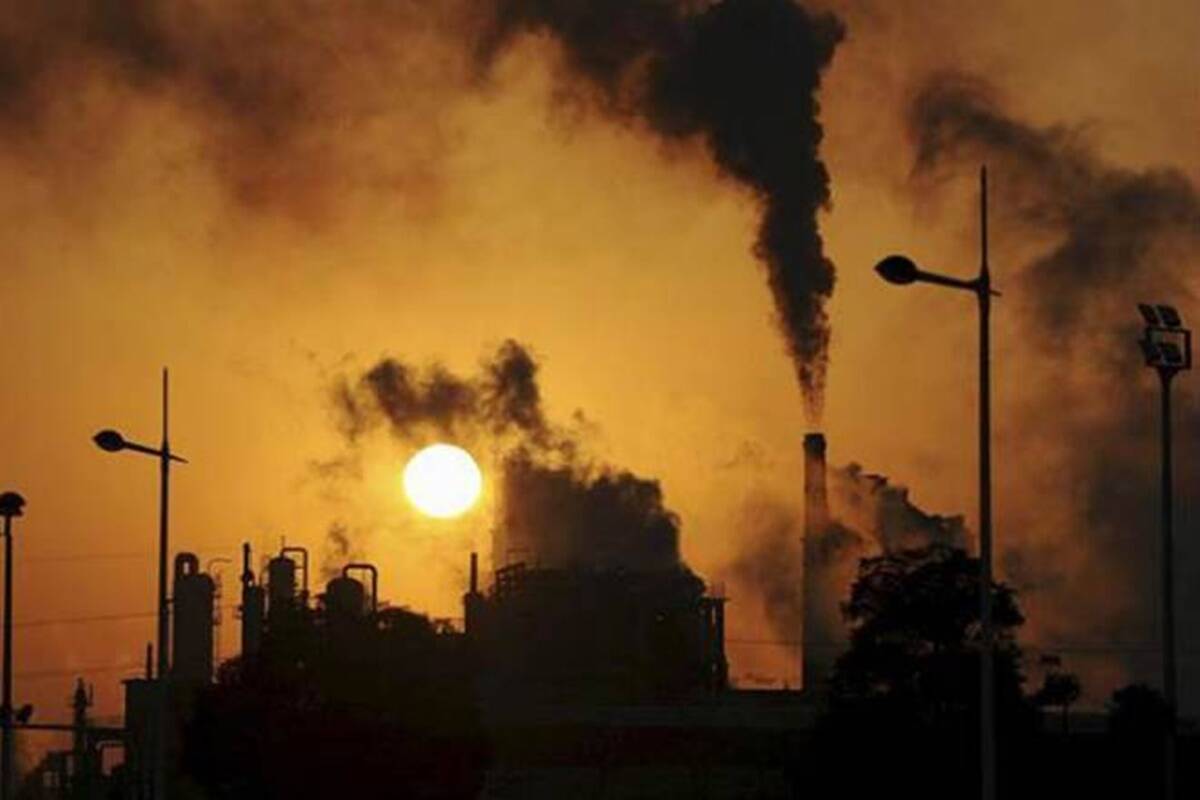Products You May Like


With the expected rebound in the demand for coal to meet the rising electricity requirement, carbon dioxide (CO2) emissions in the country in 2021 will be 1.4%, or 30 million tonnes (MT), higher than the levels recorded in 2019, the International Energy Agency (IEA) said in a recent report.
The expected rise in coal-fired electricity generation in 2021 is likely to be three times greater than the increase in generation from renewables, the agency said, adding that “coal demand is expected to increase by almost 9%, contributing the most to rebounding demand, as electricity demand recovers”.
Related News
As per the Intended Nationally Determined Contribution (INDC) under the Paris climate change COP21 accord, the country has pledged to reduce the emissions intensity of its GDP by 33% to 35% by 2030 from the 2005 level. “CO2 emissions in India are now broadly on par with emissions in the European Union at 2.35 gigatonne (billion tonne), although they remain two-thirds lower on a per capita basis and 60% below the global average,” the IEA noted.
Emissions had dropped in 2020 as an effect of the countrywide lockdown to control the coronavirus pandemic and economic recovery in India in 2021 is set to push emissions almost 200 MT higher than last year.
At the end of FY21, thermal power plants — mainly coal-based — comprised about 60% of the installed capacity but generated more than 80% of the electricity consumed in the country. Power demand slipped 0.9% annually to 1,272 billion units in the fiscal.
Under INDC targets, India also wants to have about 40% cumulative electric power installed capacity from non-fossil fuel-based energy resources by 2030. S&P Global Ratings has recently said that “India may over-promise and under-deliver” on its energy transition goals and having 450 giga-watt of renewable energy capacity by 2030 may be difficult.
The current installed renewable energy generation capacity stands at 94 GW and about 34 GW is under various stages of implementation and 30 GW under various stages of bidding. Additionally, 46.2 GW of hydro and 6.8 GW of nuclear capacities are also currently online.
Get live Stock Prices from BSE, NSE, US Market and latest NAV, portfolio of Mutual Funds, Check out latest IPO News, Best Performing IPOs, calculate your tax by Income Tax Calculator, know market’s Top Gainers, Top Losers & Best Equity Funds. Like us on Facebook and follow us on Twitter.
Financial Express is now on Telegram. Click here to join our channel and stay updated with the latest Biz news and updates.
